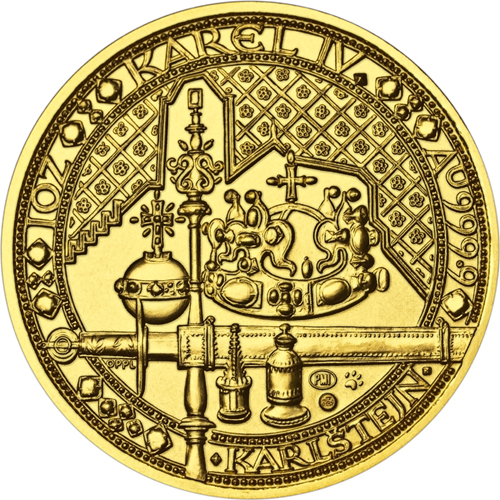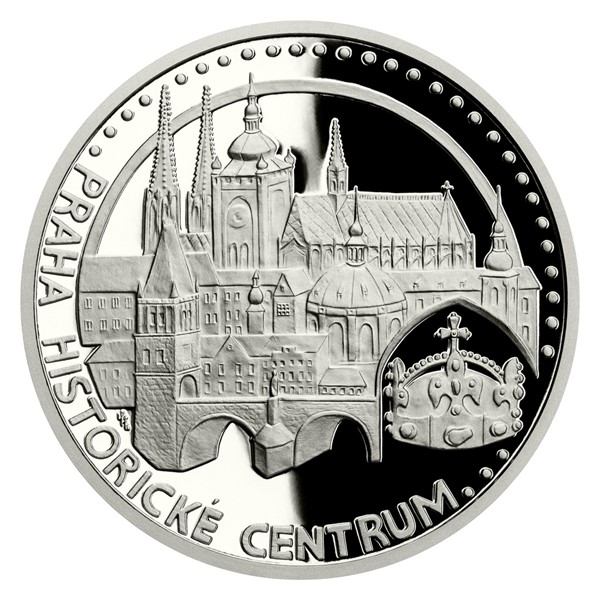New Facts For Engraving Czechoslovakia Coins
Wiki Article
How Do You Create The Plaster Cast That Represents A Gold Medal Or Coin?
There are several steps involved in the design of an "maquette" which is a plaster mold, inspired by the style of a gold or silver coin. The first step is to use the design on the coin or medal as a source. This design can be drawn with a pencil or pen, or a design created using graphics design software. Other materials, such as clay or wax, could be used.
Plaster Preparation - The plaster is mixed with water to form a uniform consistency that is able to be manipulated. In order to ensure a clean mould the mix must be smooth and without lumps.
The Base- Create a base, or platform where the maquette design will be made. This base can be a plank of wood or a flat surface to provide stability.
Making a sculpting Maquette - The artist uses the gold design to guide him in making it into a the plaster. The plaster is then shaped to create the relief or three-dimensional representation of the medal or coin.
Detailing Accuracy, Refinement and Detailing The artist's primary focus is adding the details and refining the contours. They also ensure accuracy with respect to proportions. Precision and attention to details are required at this stage.
Giving the plaster time to dry and hardenAfter a sculpture is done, it will require some time to set and set. This will allow the maquette to set and hold its shape.
Smoothing and finishing The maquette's surface gets further refined and polished after drying to get rid of imperfections bumps, rough areas and bumps.
Sealing and Preservation- To preserve the maquette and prepare it for other processes such as scanning or molding the maquette, a sealant or protective layer might be applied to the surface.
The maquette of plaster is a 3D, tangible representation of the design for the gold medal or coin. The plaster maquette can be used to make molds for mass-production, as well as as a reference material to guide other steps of the production process. Check out the best Czechoslovakia gold medals plaster molds blog advice. including gold coins coin, gold coins coin, gold and coin dealers near me, 24k gold coin, 1 oz silver price, one ounce of gold, 1 ounce gold, chinese coins, gold coins, 100 grams gold biscuit and more.

What Is The Reason Why Gold Coins Or Medal Diets Undergo Vacuum Hardening?
The process of forming dies that are that are used to make gold coins and medals is achieved by subjecting them to high temperatures under controlled conditions in a chamber. Here's a quick overview of how to make dies harder by vacuum.
Diets for striking medals or coins are cleaned and free of any contaminants.
Loading into vacuum Furnace
The dies are placed inside the vacuum furnace, which is a specialized chamber for heat treatment that is capable of creating the conditions of a vacuum.
Evacuation with Airplane
The vacuum oven removes any air in the room making it a clean space free of oxygen and other gases. This helps to prevent oxidation as well as guarantee uniform heat treatments.
Heating Phase
The furnace needs to be heated to a temperature required for the dies to be hardened. The temperature range is based on the particular material and the processing for hardening.
Soaking at high temperatures-
Die dies need to be kept at the highest temperature for a specified period of time in order for the material to reach and maintain its desired level of hardness.
Quenching or cooling-
After the soaking, dies must be quickly cooled using specialized techniques. This process of rapid cooling helps lock in the desired strength and hardness of the material.
Tempering (Optional)Tempering (Optional)
In some cases, tempering can follow the hardening process. Tempering involves heating dies at a lower temperature in order to relieve internal stresses and improve toughness while maintaining their hardness.
Quality Control and Inspection-
Dies that are hardened must go through rigorous quality control and inspections to ensure they achieve the desired toughness, hardness, or tolerances.
Post-Treatment Handling-
After the hardening process, dies can be polished or coated prior to the time they are used in the coin or the metal striking process.
The process of vacuum hardening increases the durability of dies, wear resistance, as well as the lifespan of the dies used for striking silver or gold coins and medals. Through the creation of a controlled atmosphere free from atmospheric contaminants the process ensures consistent and reliable hardening of the dies, contributing to the durability and quality of the minted products. Have a look at the recommended vacuum hardening Prague Mint gold medals website info including olympic gold medal, gold and silver dealers, cost of a gold bullion bar, coin gold price today, old silver coin, canadian gold maple leaf, gold buffalo, gold silver coins, coin gold bullion, gold bullion gold and more.

Why Is It Important To Hand Polish Dies To Ensure A Perfect Gold Coin Or Medal Surface?
It is crucial to polish hand dies to create a flawless and smooth surface. A smooth surface permits intricate details to be better reproduced on the medals and coins.
Better quality of medals or coinsA polished dash will ensure that the coins struck and/or medals have sharp, well-defined edges as well as relief. This increases the overall quality and aesthetics of the final product.
Improved wear- polishing reduces friction and wear during the process of making strikes. A smooth surface minimizes the chance of errors or inconsistencies being caused on the medal or coin struck caused by rough surfaces.
Consistency is key when striking. Hand-polished Dies provide an even surface for striking, which ensures uniformity. Consistency guarantees the quality and accuracy of the design on all coins or medals.
Die longevity- Die that are well-polished will be less susceptible to wear or damage during the striking procedure. They are longer-lasting and more durable, allowing for greater strikes without compromising product quality.
Precision and Accuracy. Hand polishing lets engravers refine, fine tune and refine specific areas of the die. The specifics will be precisely depicted on the engraved coin or medal. This accuracy is essential for the precision of the finished product.
Quality Control- Polishing is part of the quality control process. By hand polishing the die, you to spot and fix any imperfections or inconsistencies prior to striking.
Surface Finishing - Polishing creates specific textures and finishes which enhance the appearance of your objects, or provide unique characteristics to medals and coins that are struck.
Hand-polishing dies used for gold medals and coins is crucial to ensuring that minted products are high quality, stunningly intricate, and have a high aesthetic value. It's crucial to ensure the appearance, consistency and durability of the finished product. Check out the top hand polishing Czechoslovakia gold coins blog examples. including gold coin with angel on both sides, buy gold coins, gold quarter 2000, gold piece price, gold bullion gold, cost of gold coins, gold quarter 2000, gold dollar coin, british sovereign gold coin, 2000 p sacagawea dollar and more.

Why Do Limited Edition Or Collectible Coins Carry Specific Numbers?
Limited edition or collectible gold coins are often individually numbered for several reasons, primarily to establish the authenticity of the coin, as well as to ensure their exclusivity and to increase their appeal for collectors. Here's why and how this numbering happens.
Sequential Numbering: Each coin that is part of a limited edition series or collectible comes with an unique serial number. The serial number is typically printed or engraved on the surface or edges of the coin. This number indicates where the coin is in the collection.
Certificate of Authenticity: The coin might be issued an authentic certificate that matches the coin's unique number. This certificate verifies that the coin is authentic. It also provides information about the coin's series, the content of metal and its minting.
There are many reasons to number coins individually
Authenticity Assurance – Each number is a unique identifier that ensures the authenticity of the coin in the limited series. Each number serves as a unique identifier, ensuring that the coin is authentic and is part of the authorized series.
Exclusiveness and rarity- Limited editions featuring distinctive numbers are thought to be more rare and exclusive. The small number of available coins make them more desirable and valuable.
Numerous coins are collectible and allow collectors the ability to showcase particular numbers. The numbers that are less significant or more important in the sequence could be considered more desirable or desirable.
Individual Numbering - Collector Engagement encourages collector engagement and interest in the completion of sets or getting particular numbers. Collectors may seek out specific numbers in response to particular preferences or milestones.
Potential Value and Resale- Coins with unique numbers have higher values on the secondary market, particularly when they are scarce or belong to an exclusive collection. These coins are highly sought-after by collectors because of their rarity and originality.
The ability to track and document a coin's history - Numerical Coding aids in tracking and documenting of a coin's history helping to prove its provenance and verifying it on the market for collectors.
Issuers or mints can create exclusiveness and enhance the appeal of limited edition or collectible coins by individually numbering them. This helps to establish the authenticity of the coins, and increases their appeal for collectors looking for important or rare objects. Numismatics value these coins for their significance. Read the most popular Czechoslovakia gold medal numbering website info including price for one ounce of gold, 2000 sacagawea, buying silver bars, bullion gold bars for sale, 1 0z gold price, medal gold medal, cost of 1 oz of gold, 10 dollar gold coin, 2000 gold dollar, gold silver coins and more.
